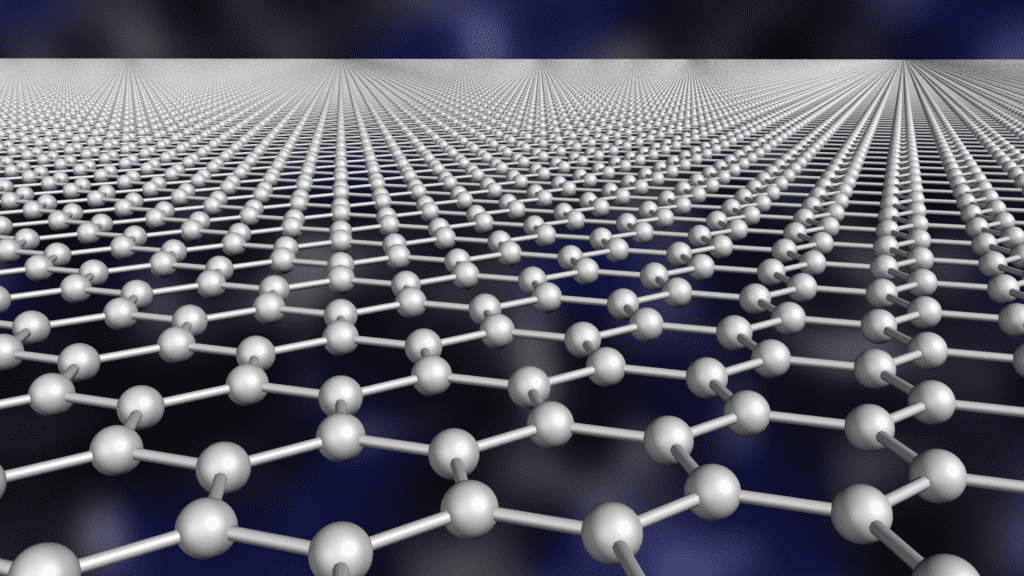In terms of materials, graphene is definitely the hot cherry at the moment; it is basically a one-atom thick layer of the mineral graphite (carbon), with more such layers stacked together forming crystalline graphene. It is very light, with a 1-square-meter sheet weighing only 0.77 milligrams, but also very durable and has a number of other fantastic properties which make it ideal for application in a number of fields, including integrated circuits, solar panels, transistors, ultracapacitors, electronics, etc (see first graphene earbuds).
But even when imperfect, when constructed from numerous small crystalline grains, rather than being created directly in its perfect crystalline form, graphene still maintains its incredible strength. This conclusion contradicts previous simulations, which believed that its strength comes strictly from its perfect lattice.
It’s been said that graphene is so strong, that “it would take an elephant, balanced on a pencil, to break through a sheet of graphene the thickness of Saran Wrap.” The thing is, flawless graphene is very rare and it was believed that existing defects in its structure would severely impair its properties. But this latest study, conducted by researchers from Columbia University has shown otherwise.
“We substituted a different etchant and were able to create test samples without harming the graphene,” states the paper’s lead author, Gwan-Hyoung Lee, a postdoctoral fellow in the Hone lab. “Our findings clearly correct the mistaken consensus that grain boundaries of graphene are weak. This is great news because graphene offers such a plethora of opportunities both for fundamental scientific research and industrial applications.”
The primary way through which graphene is currently developed is called chemical vapor deposition (CVD) – a chemical process used to produce high-purity, high-performance solid materials. The process is often used in the semiconductor industry to produce thin films. Using this method, you can create sheets of about 1 square meter, and it is much cheaper than the alternatives.
“But CVD graphene is ‘stitched’ together from many small crystalline grains — like a quilt — at grain boundaries that contain defects in the atomic structure,” Kysar explains. “These grain boundaries can severely limit the strength of large-area graphene if they break much more easily than the perfect crystal lattice, and so there has been intense interest in understanding how strong they can be.”
So they set out to find just what is diminishing the strength of the material. What they found was that the cause wasn’t the process itself, but rather, a chemical used in the process.
“This is an exciting result for the future of graphene, because it provides experimental evidence that the exceptional strength it possesses at the atomic scale can persist all the way up to samples inches or more in size,” says Hone. “This strength will be invaluable as scientists continue to develop new flexible electronics and ultrastrong composite materials.”











